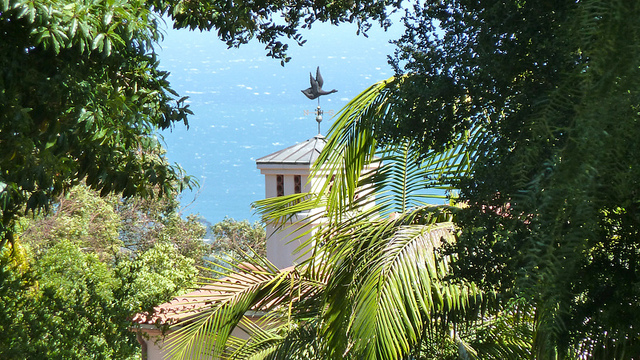
Miller-McCune enjoys a rare place in American journalism. The bimonthly magazine prints long, research-focused pieces about science and policy. Because it’s so well-funded, it has been able to focus on its journalism for the last four years without bringing in much revenue.
But even a news outlet with unlimited room to experiment needs to find its footing — and a sustainable path — sometime. So Miller-McCune is trying to appeal to an audience beyond its wonky base and compete with the likes of The New Yorker, The Atlantic, and The Economist.
Over the last year the magazine has begun charging for subscriptions and has made two high-profile hires. The magazine is revamping its ad strategy and, in a nod to its Santa Barbara, Calif., roots, relaunching in April under a new name, Pacific Standard.
P. Steven Ainsley — the former Boston Globe publisher who negotiated the paper’s very future in 2009 — is the magazine’s new president and publisher. This is his second stint in Santa Barbara; he published the News-Press in the ’90s, until the New York Times Co. sold it in 2000.
“Many of the magazines that tackle the weightier issues of the day are embedded in the East Coast of the United States,” said Ainsley, who is from New York.
“If you look at all the major societal shifts over the last hundred years in this country, they really are born out of the West Coast of the United States and move east. That ranges from the environmental movement to the small-government movement to urban planning,” he told me.
“Inside those journals is some pretty interesting information that just doesn’t get transmitted out to the popular conversation.”
And, he said, “the next century, or at least the next several decades for the world, is going to be very focused on the Pacific Rim. I guess that was the firing call for us.”
The stories will not be solely about the West but from the West, wrote editor Maria Streshinsky in announcing the name last week.
“It’s an ideas magazine…looking at people who are on the ground level of problems,” Streshinsky told me. She hopes for 20 to 30 percent of the content in each magazine to be written by people doing research and solving problems.
“There’s so many academic journals out there, and inside those journals is some pretty interesting information that just doesn’t get transmitted out to the popular conversation,” she said.

The March-April cover story examines the hypothesis that some exposure to radiation may actually be good for some people. Stories in the January-February issue cover medical marijuana in California, the effects of a bad economy on marriage, and the challenges of designing a humanlike robot.
Miller-McCune serves the vision of its namesake, Sara Miller McCune, who reportedly committed about $2.2 million for five years to launch the magazine in 2007.
Back in 1965, with her husband George McCune, 24-year-old Sara Miller McCune sold her air conditioner and used the money to create SAGE Publications, which would become one of the largest academic publishers in the world. Its little green books were distributed widely at low cost and became best-sellers. Today SAGE publishes more than 800 titles per year. Sara Miller McCune, 71, remains its chairwoman.
She founded the nonprofit Miller-McCune Center for Research, Media and Public Policy to finance the magazine, which is for-profit. The magazine’s total average circulation is about 100,000, of which 85 to 90 percent is paid, Ainsley said. The magazine was distributed free until a year ago, when it absorbed subscribers to the defunct U.S. News & World Report and began charging $14.95 a year.
Pacific Standard’s target reader is highly educated and earns more than $100,000 a year, Ainsley said. Until now, the magazine had sold advertising primarily to academic and nonprofit organizations, which he admits “never really panned out.” Now a full-time ad salesperson will go after “thought-leader advertising,” that is, ads for international travel, auto, and finance targeting CEOs, college presidents, and people in government.
The magazine has a business plan to be self-sustainable “several years out,” Ainsley said, but will rely on funding from the McCune Center “for the foreseeable future.”
Maria Streshinsky, the editor, was hired away from The Atlantic, where she was managing editor for four years. She is originally from Berkeley, and Miller-McCune wanted a West Coaster to design what would become Pacific Standard.
“One of the things that’s been lovely for me as I’ve come home to California is remembering — after being in Washington for six years, which is a fanatically interesting place with people doing great, great work — but I feel that there’s an openness and a hopefulness in the West,” she said.
Later, having struggled to describe what it is about the West, Streshinsky emailed me this excerpt from Robert Warren Penn’s All the King’s Men:
For West is where we all plan to go some day. It is where you go when the land gives out and the old-field pines encroach. It is where you go when you get the letter saying: Flee, all is discovered. It is where you go when you look down at the blade in your hand and the blood on it. It is where you go when you are told that you are a bubble on the tide of empire. It is where you go when you hear that thar’s gold in them-thar hills. It is where you go to grow up with the country. It is where you go to spend your old age. Or it is just where you go.